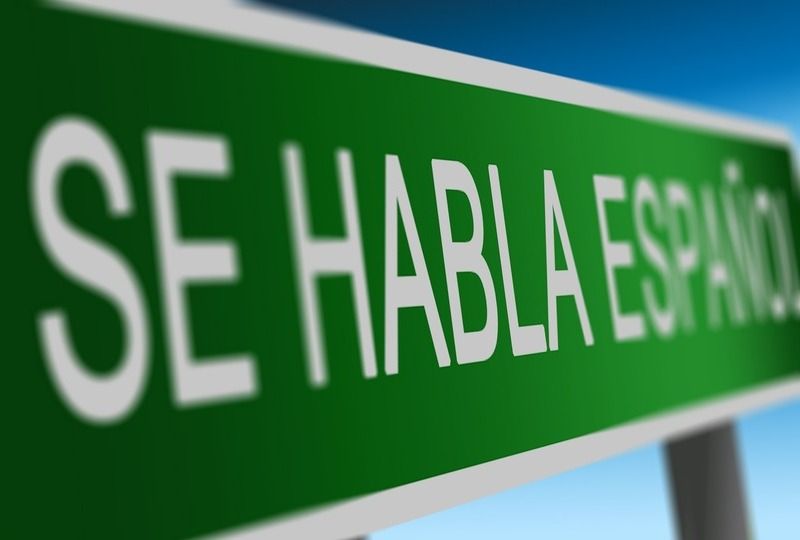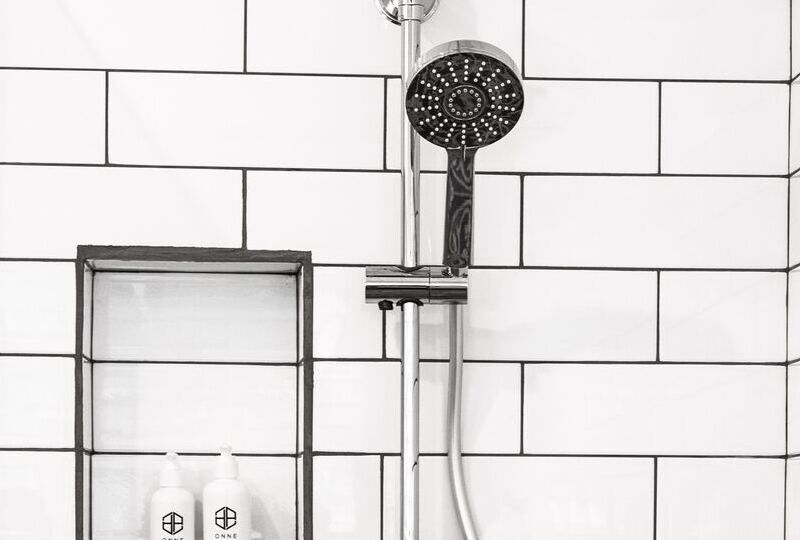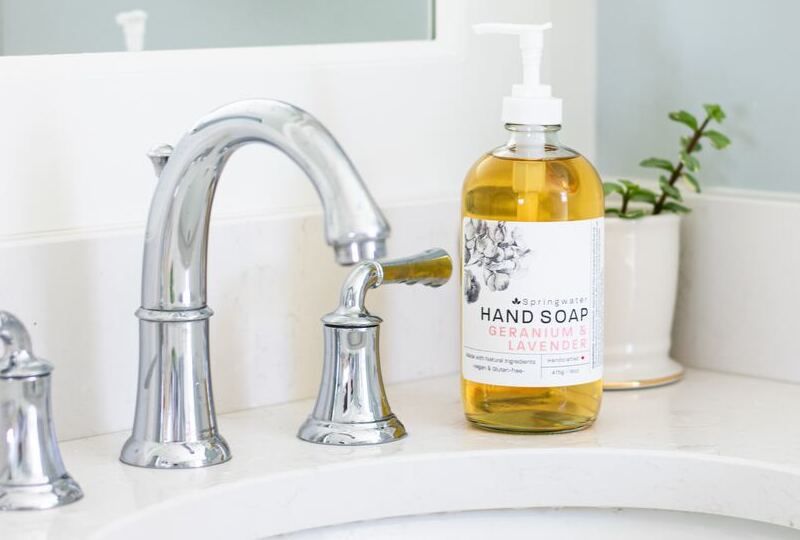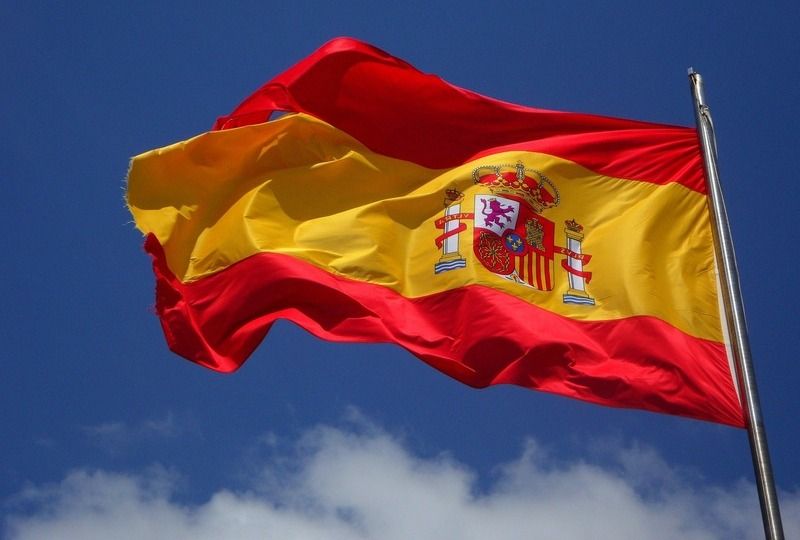How to Use Reflexive Verbs in Spanish

Reflexive verbs are a challenging part of learning Spanish. Often students are unfamiliar with the concept. A reflexive verb is any verb that shares a subject and an object. In other words, the person doing the action is also receiving the action. An example might be “I wash my face.” The person doing this action is also the person this action is being done to. Read on to learn how to use this advanced grammar concept in Spanish!

Conjugating Present Tense Verbs
One thing to keep in mind is that all verbs need to be conjugated. This is the first step to most new grammar concepts in Spanish, so let’s brush up on your conjugation skills. In English, the person performing an action is marked with a subject pronoun before the verb, such as I, he, or she. In Spanish, these pronouns may be present, but the way we know who is performing an action is through the verb ending. For this reason, it is not always necessary to include a subject pronoun before a verb.
There are 3 types of verbs we have to remember in Spanish. The type of verb is indicated by the ending of the infinitive (non-conjugated) form of the verb. There are -AR verbs (like hablar, to speak), -ER verbs (like comer, to eat), and -IR verbs (like vivir, to live). These last two letters tell us which chart to use when conjugating the verb. To conjugate a verb in the present tense, we take off the last two letters (-AR, -ER, or -IR) and add a new ending that corresponds with the subject pronoun we’ve chosen. Here is a chart of the pronouns:
| Pronoun | Meaning |
|---|---|
| Yo | I |
| Tú | You (familiar/informal) |
| Él | He |
| Ella | She |
| Usted | You (formal) |
| Nosotros | We |
| Vosotros | You all (familiar/informal) |
| Ellos | They (masculine and mixed groups) |
| Ellas | They (feminine) |
| Ustedes | You all (formal) |
Each of these pronouns has a corresponding ending for -AR, -ER, and -IR verbs. Here is the chart for -AR verbs endings:
| Pronoun | Ending | Pronoun | Ending |
|---|---|---|---|
| Yo | -o | Nosotros | -amos |
| Tú | -as | Vosotros | -áis |
| Él, Ella, Usted | -a | Ellos, Ellas, Ustedes | -an |
As you can see in the chart, él, ella, and usted all share a common ending, as do ellos, ellas, and ustedes. Sometimes using the pronoun can help clear up confusion if your speaking with someone doesn’t know who you’re talking about.
Let’s look at an example of how to conjugate. As we learned previously, the verb hablar means to speak. If I want to say “I speak”, I take off the -AR at the end of the verb and replace it with “o”, the ending that goes with the pronoun for I. The result is (yo) hablo. There are different endings for -ER and -IR. The process we follow is the same as it would be for -AR verbs.
-ER Verbs: For verbs that end in “er”, like comer (to eat):
| Pronoun | Ending | Pronoun | Ending |
|---|---|---|---|
| Yo | -o | Nosotros | -emos |
| Tú | -es | Vosotros | -éis |
| Él, Ella, Usted | -e | Ellos, Ellas, Ustedes | -en |
-IR Verbs: For verbs that end in “ir”, like vivir (to live):
| Pronoun | Ending | Pronoun | Ending |
|---|---|---|---|
| Yo | -o | Nosotros | -imos |
| Tú | -es | Vosotros | -ís |
| Él, Ella, Usted | -e | Ellos, Ellas, Ustedes | -en |

Reflexive Pronouns
To use reflexive verbs, in addition to regular verb conjugation, you must use additional direct object pronouns. Each subject pronoun that you learned above (he, she, I, etc.) has a corresponding direct object pronoun that must be used. Here are the direct object pronouns and the subject pronouns they correspond to.
| Subject Pronoun | Direct Object Pronoun |
|---|---|
| Yo | me |
| Tú | te |
| Él | le |
| Ella | le |
| Usted | le |
| Nosotros | nos |
| Vosotros | os |
| Ellos | les |
| Ellas | les |
| Ustedes | les |
Because él, ella, and usted as well as ellos, ellas, and ustedes share the direct objet pronoun se, it may be necessary to specify the subject pronoun at times.

Putting It All Together
In order to use reflexive verbs, you need to complete the following steps:
- Select a verb that needs to be reflexive, such as lavar (to wash)
- Decide who is completing the action and receiving it, such as you (tú)
- Conjugate the verb ending for the subject that is completing the action (Tú lavas)
- Add the direct object pronoun directly before the verb (Tú te lavas or simply te lavas)
Here are a few completed examples for you to study:
Yo me baño. - I bathe (myself).
In this example, I decided to use the subject yo (I) and the verb bañar (to bathe). It's an -AR verb, so I looked at the -AR verb chart above, decided to use the -o ending, took off the -ar at the end of bañar, and replaced it with an o to get yo baño. The last step would be to add the direct object pronoun that goes with yo. Using the chart above, I decided to use me right before the verb to get yo me baño.
Él se cepilla los dientes. - He brushes his teeth.
In this example, I decided to use the subject verb él (he) and the verb cepillar (to brush). It's an -AR verb, so I looked at the -AR verb chart and replaced the -AR with the -a ending. This gave me él cepilla. I added the direct object pronoun se before the verb because it corresponds with él. This gave me él se cepilla, but I wanted to be more specific. What part of his body was he brushing? I added los dientes, the teeth, to get él se cepilla los dientes.
Nosotros nos miramos en el espejo. - We look at ourselves in the mirror.
In this example, I decided to use the subject verb nosotros (we) and the verb mirar (to look at). It's an -AR verb, so I used the -AR chart to get the ending -amos. I took off the -AR and added my new ending to get Nosotros miramos. I added the direct object pronoun nos before the verb because it corresponds with nosotros. This gave me nosotros nos miramos (we look at or see ourselves). I thought I should be more specific, so I added en el espejo (in the mirror). This gave me the sentence nosotros nos miramos en el espejo.

Now You Try It!
Here are a few verbs and subject pronouns. Try to conjugate the verb correctly and make it a reflexive verb. The first one is done for you as an example. The answers will be in the section below this one.
- Ellos / Duchar - They shower (themselvs). - Ellos se duchan.
- Tú /Bañar - You bathe (yourself).
- Vosotros / mirar - You all look at yourselves.
- Yo / lavar - I wash (myself).
- Nosotros / lastimar - We hurt ourselves.
- Ella / abrigar - She bundles up (in a coat).
- Ustedes / parar - You all stand (yourselves) up.
- Él / peinar - He brushes his hair.
- Nosotros / hablar - We talk to ourselves.
- Tú / llamar - You call yourself.

How Did You Do With Reflexive Verbs?
Here are the answers to the practice problems. See how well you did!
- Ellos se duchan.
- Tú te bañas.
- Vosotros os miráis.
- Yo me lavo.
- Nosotros nos lastimamos.
- Ella se abriga.
- Ustedes se paran.
- Él se peina.
- Nosotros nos hablamos.
- Tú te llamas.

You’ve Mastered Reflexive Verbs
Reflexive verbs can be a challenging part of learning Spanish because mastering this grammar concept involves taking multiple steps and combining knowledge from previous lessons. With time and practice, using reflexive verbs can become second nature. Try reading authentic texts and identifying reflexive verbs you see in your readings or search for practice problems online to help you. It might take time and hard work, but you can do it!